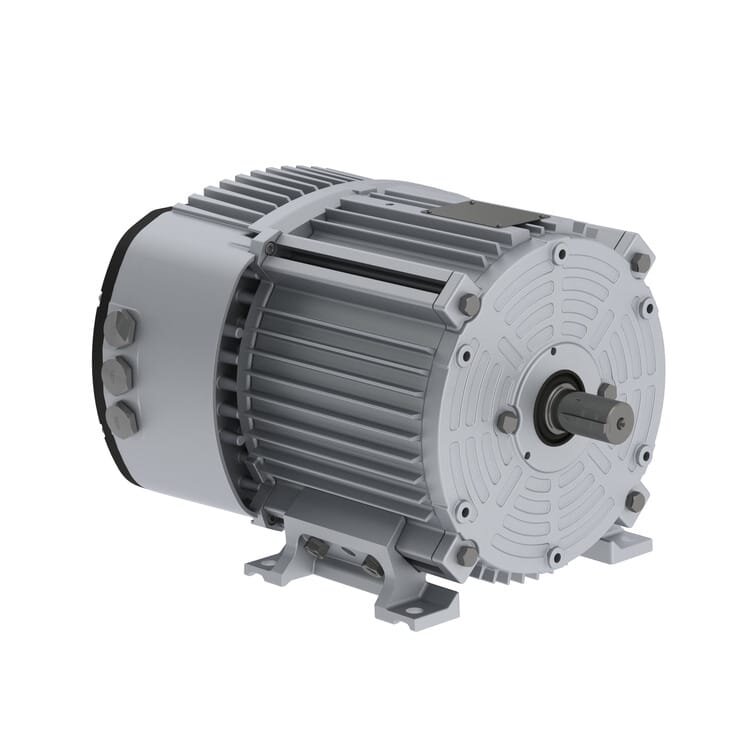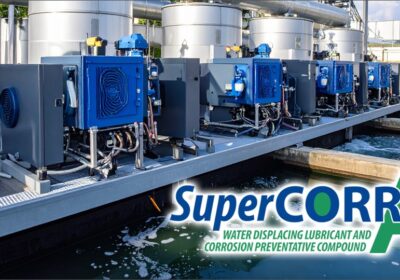~ The new W30 Smart EC motor addresses growing demand for cooling in buildings ~
WEG, a leading motor, drives and gearbox manufacturer, has expanded its motor range for heating, ventilation and air conditioning (HVAC) applications to meet growing demand for powerful fans. The new W30 Smart EC (Electronically Commutated) motor exceeds the highest IEC efficiency rating thanks to a permanent magnet (PM) motor combined with an integrated inverter.
HVAC systems are a primary source of energy use worldwide. According to the International Renewable Energy Agency (IRENA), heating and cooling are responsible for about half of the global final energy consumption. This significant footprint will likely grow due to extreme weather driven by climate change. The International Energy Agency (IEA) predicts that air conditioners in particular are set to become one of the top drivers of global electricity demand. Maximising HVAC efficiency has never been so critical.
The W30 Smart EC is one of the few drive solutions to achieve an IE6 efficiency rating for output power below 4 kW. Delivering 20 per cent lower losses than the highest efficiency class (IE5) specified by the current Regulation (EU) 2019/1781, the motor significantly reduces power consumption in HVAC applications.
Users can adapt the motor speed according to the application via the inverter, leading to additional energy savings. Remote speed control modes allow speed adjustments from 200 to 1500/1800 revolutions per minute (rpm) or 500 to 3000 rpm.
The new range builds upon the success of the previous WECM motor line, increasing the maximum output power of three-phase motors from 4 kW to 7.5 kW. This expansion suits more powerful HVAC systems that are becoming commonplace in buildings globally. The motor line now covers a broad power range, starting from 0.12 kW, meeting the requirements of most fan applications across industrial environments, residential buildings, commercial kitchens and underground car parks.

the new W30 Smart EC motor addresses growing demand for cooling in buildings.
The W30 Smart EC comes in a compact brushless design, with no terminal box or cable needed between the motor and the inverter. The reduced footprint fits the space constraints of many fan applications.
“Exhaust and ventilation systems are a significant source of greenhouse gas emissions and their energy demand will keep growing in years to come,” explained Marek Lukaszczyk, European and Middle East marketing manager at WEG. “Our W30 Smart EC motor line takes the energy efficiency of HVAC systems, enabling buildings to scale up their heating, cooling and ventilation capacity while reducing their carbon footprint.”
To learn more about the W30 Smart EC motor range, visit the website.







